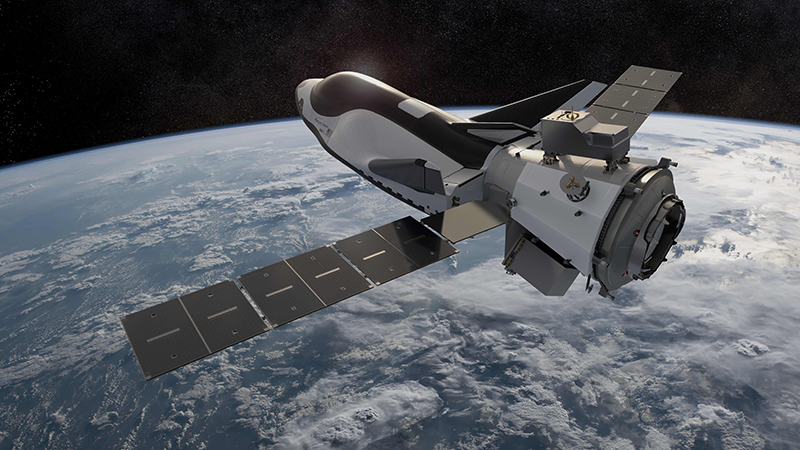

Sierra Space is on a mission to develop a large-scale commercial space station. While it’s still a way off from achieving this goal, the impact of will be massive – similar in scale to the implementation of commercial launch companies.
It recently made a giant leap forward with a successful test of its LIFE habitat pressure shell. To understand what happened and why it’s so important, let’s look at the details of the shell and what the test involved.
Sierra Space’s station concept is based on the LIFE model. Short for Large, Integrated, Flexible Environment, it’s essentially an inflatable shell made from soft materials that act rigid once fully inflated. Among other materials, the LIFE shell uses Vectran, which is stronger than steel when inflated.
This is a pretty amazing concept and, among other benefits, makes it easier to launch large-volume habitats on conventional launch vehicles.
In its press launch, Sierra provides some useful numbers. The tested module was 300 metres cubed or one-third of the volume of the International Space Station. It could be fitted into a five-metre rocket for launch before being inflated in orbit. Future plans include a 1400-cubic-metre version, launched in a seven-metre rocket. This would lead to a station larger than the ISS, put in space in a single launch.
As you can imagine, this could create major waves in the space industry. The technology almost entirely hinges on the LIFE pressure shell, hence the recent test and the importance of its success.
Sierra Space recently tested a full-scale version of its inflatable shell at NASA’s Marshall Space Flight Center. The shell stood around 6 metres tall and, as mentioned, had a volume of 300 cubic metres.
The purpose was an Ultimate Burst Pressure test. As the name implies, this is when a structure is inflated to a bursting point to test the strength of the materials. The LIFE shell hinges on the use of soft materials for ease of transport, so it’s vital to test their stress limit once inflated.
The LIFE shell reached 77 psi before bursting. This is 27% above NASA’s recommended safety limit of 60.8 psi, itself calculated by multiplying the operating pressure of 15.2 psi by a safety factor of four. In short, the LIFE habitat pressure shell went well above the minimum requirements, putting it in a good position for future tests.
Although the test only focused on the design’s restraint layer, this is arguably one of the most important parts to get right. The pressure shell will provide shape and stability for the station once inflated and is a concept readily used in space suits. The same logic will apply to this inflated space station design.
This development is a major step forward for Sierra Space and presumably has been a significant morale boost for this fascinating concept. Hopefully, we’ll see further news in the coming months for the company’s next steps and the impact this test could have on its collaboration with Blue Origin.
